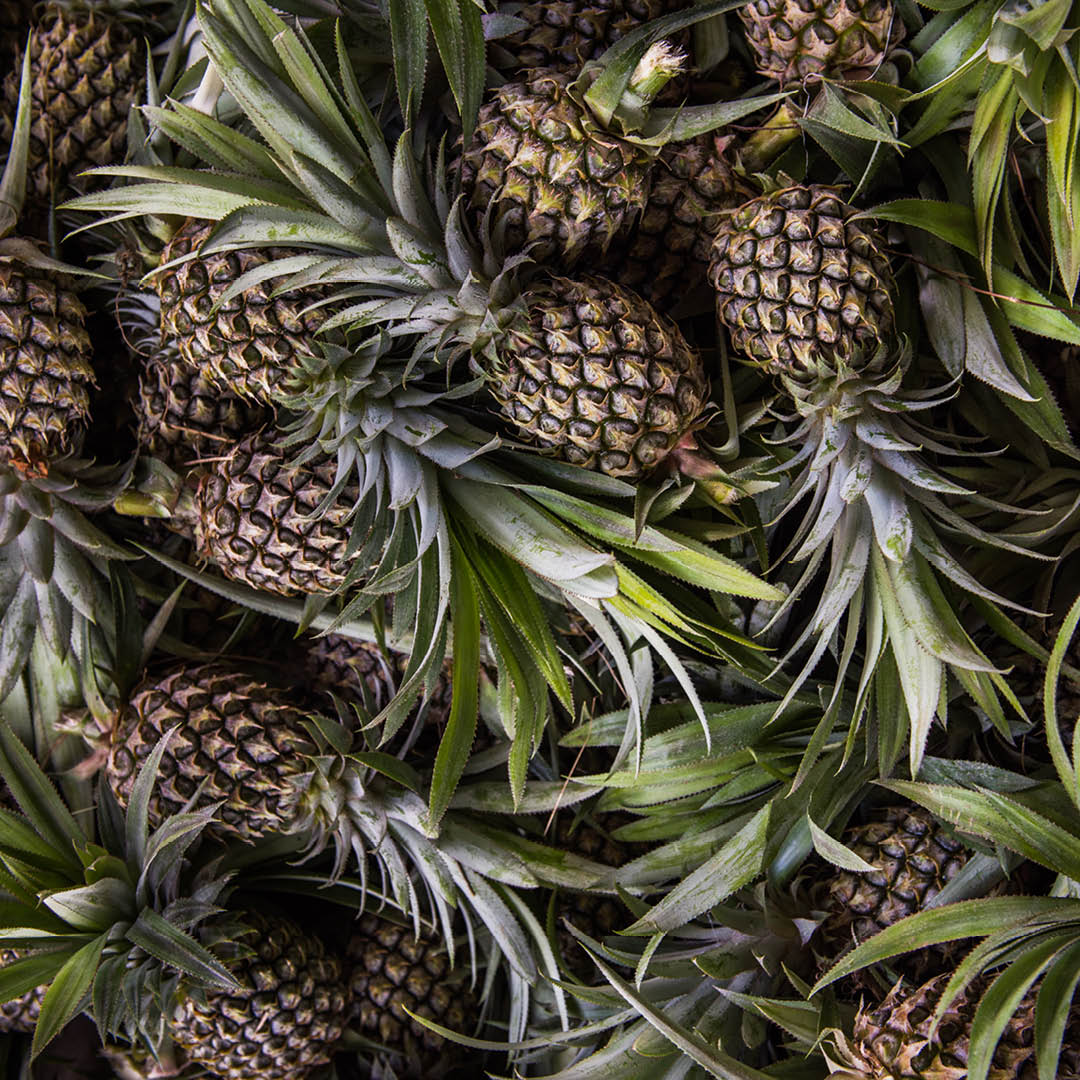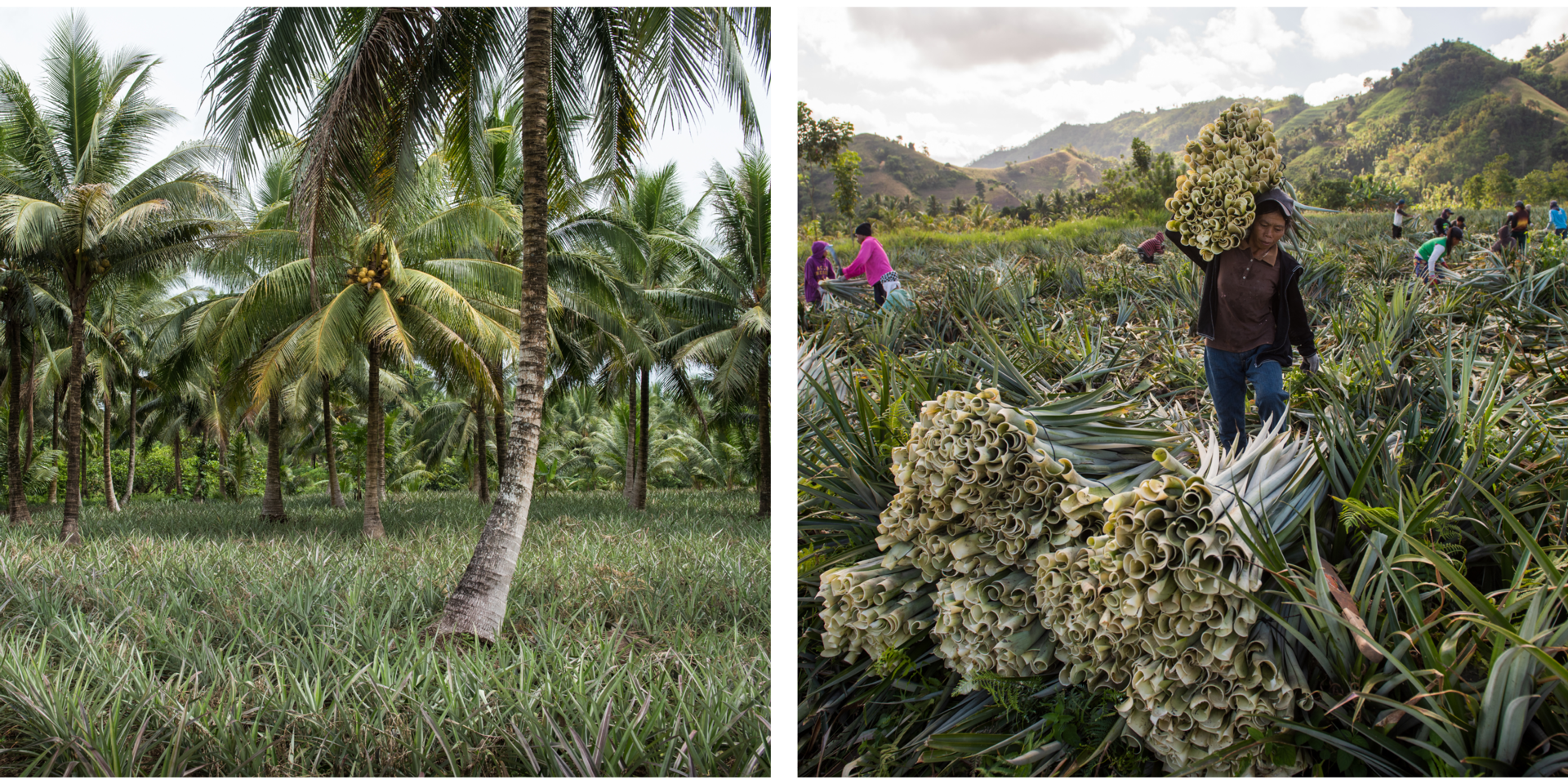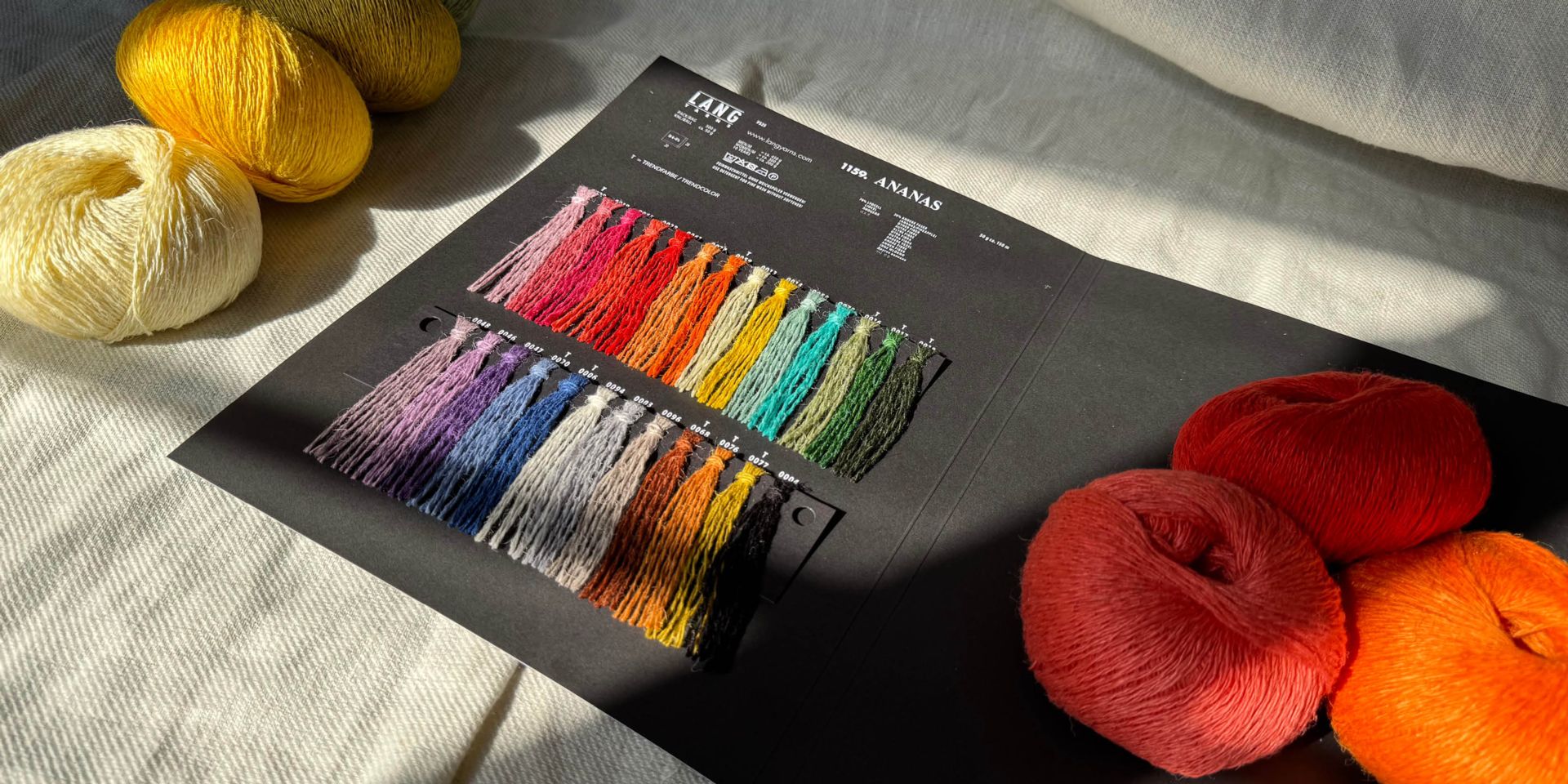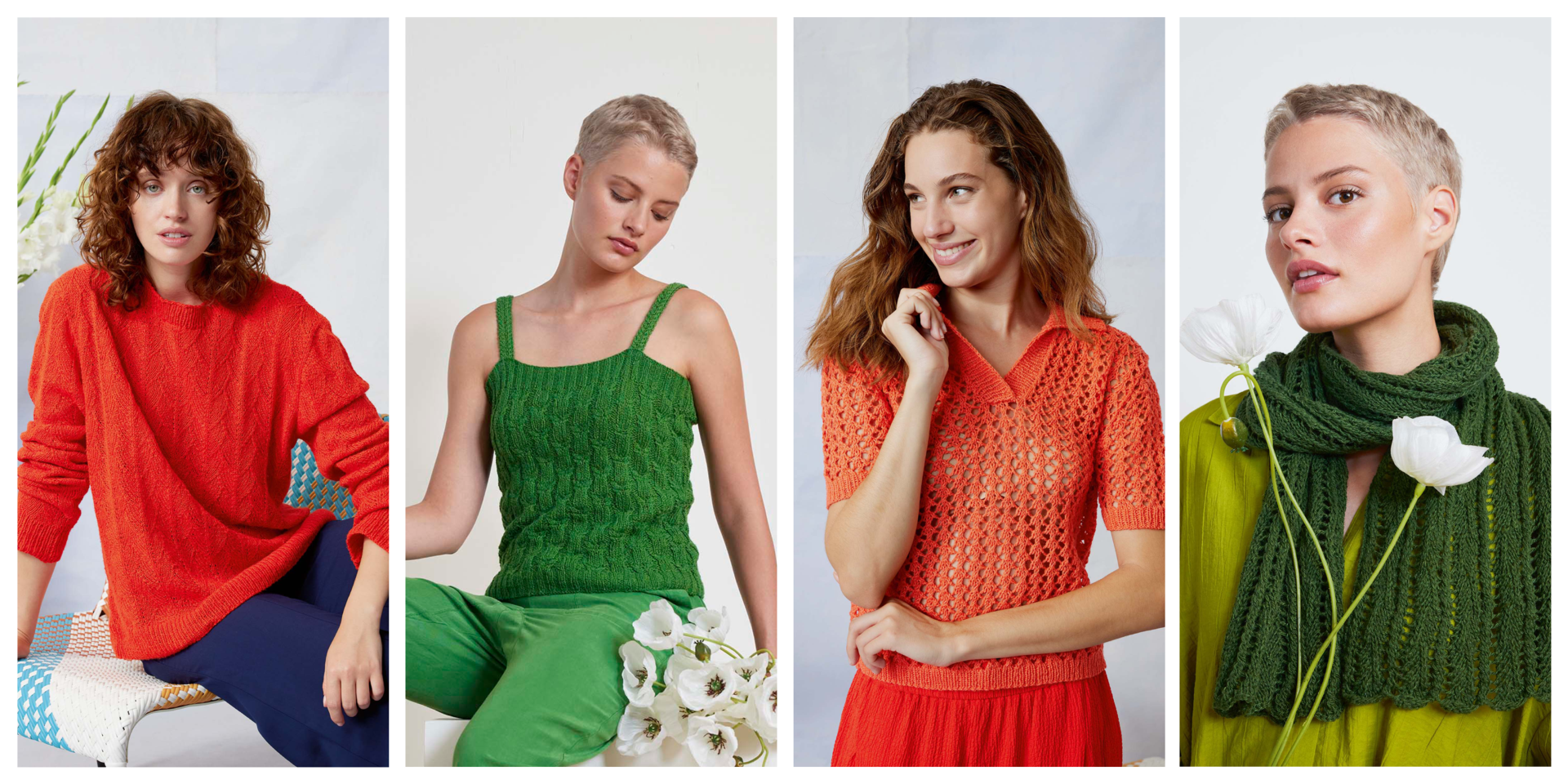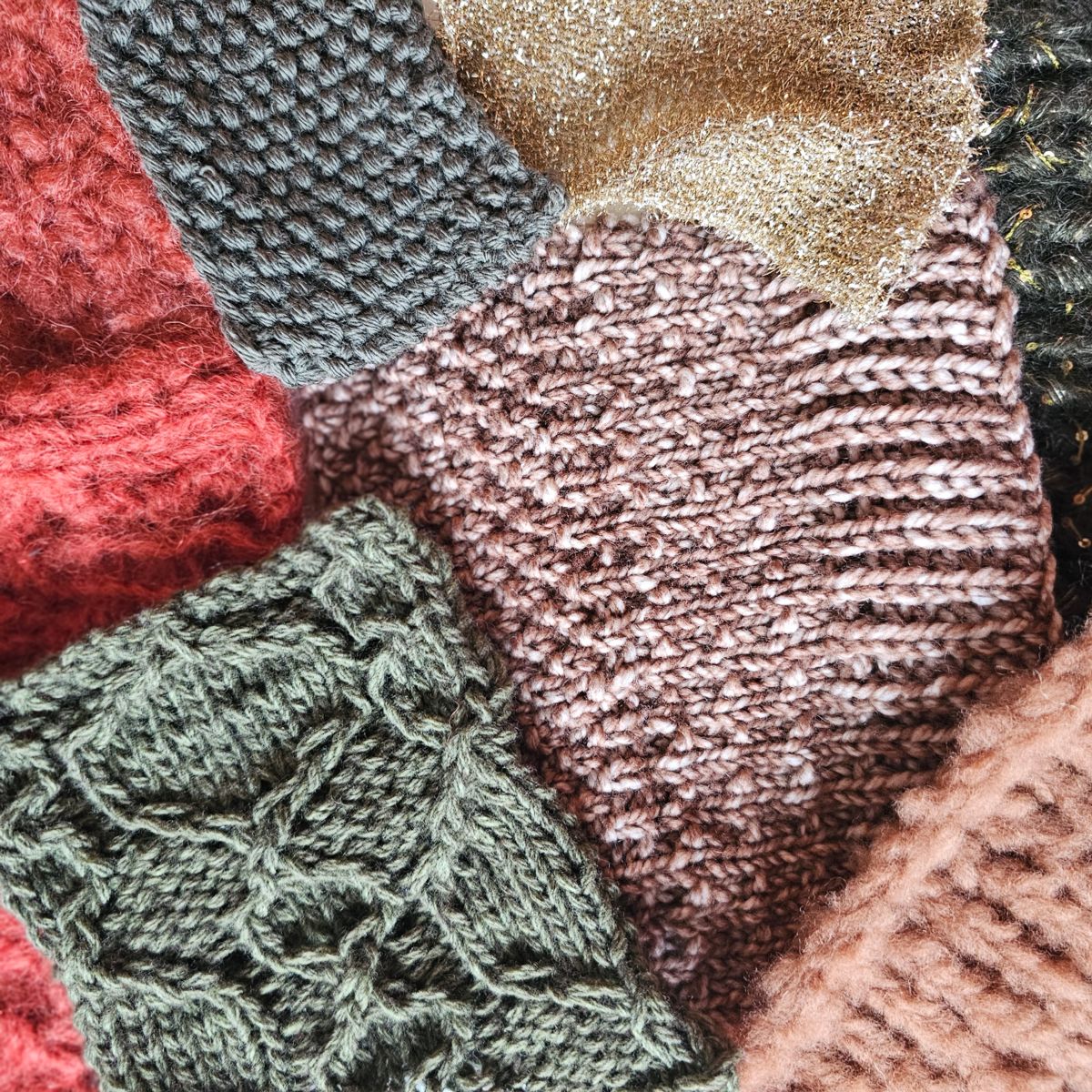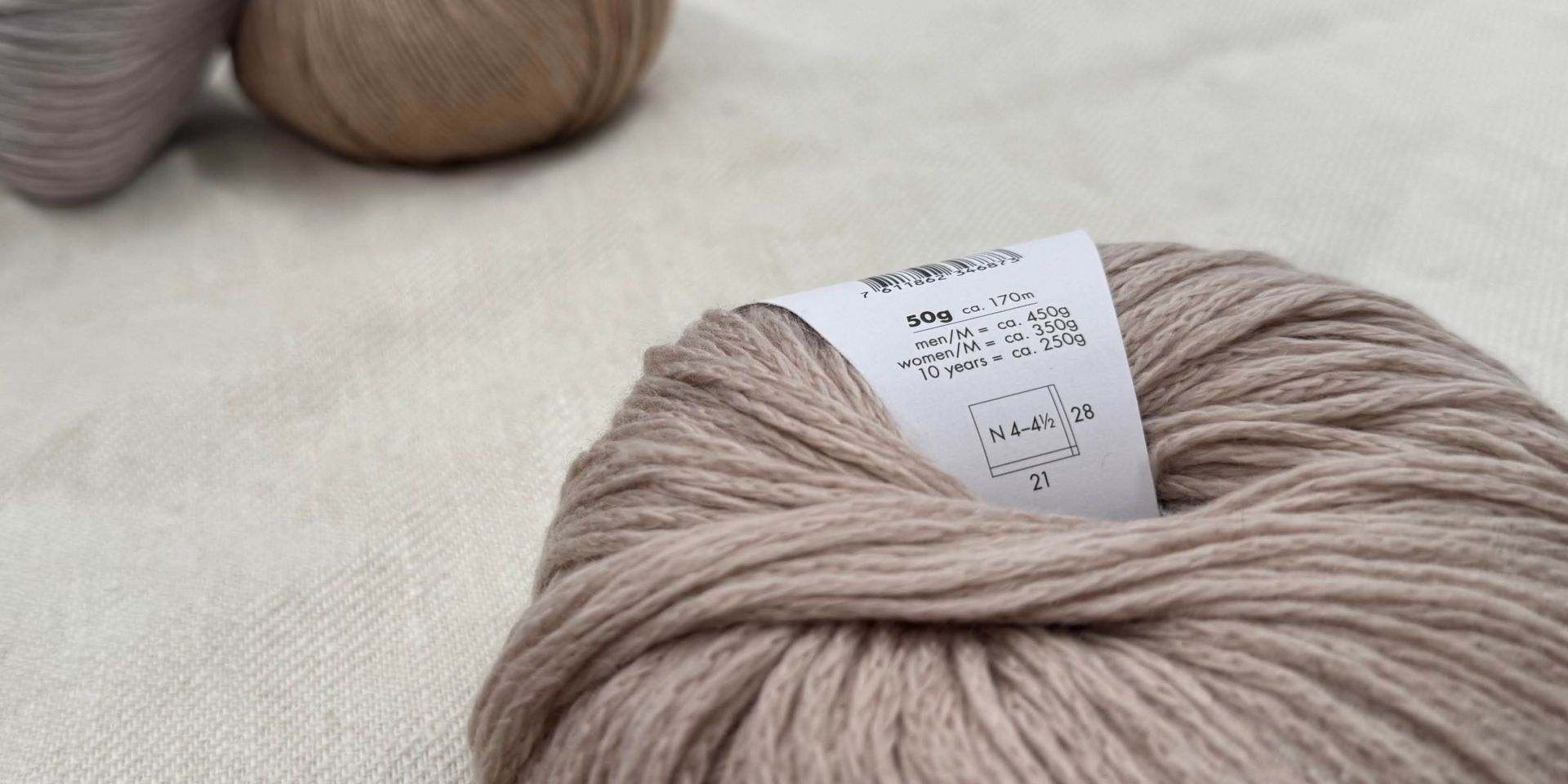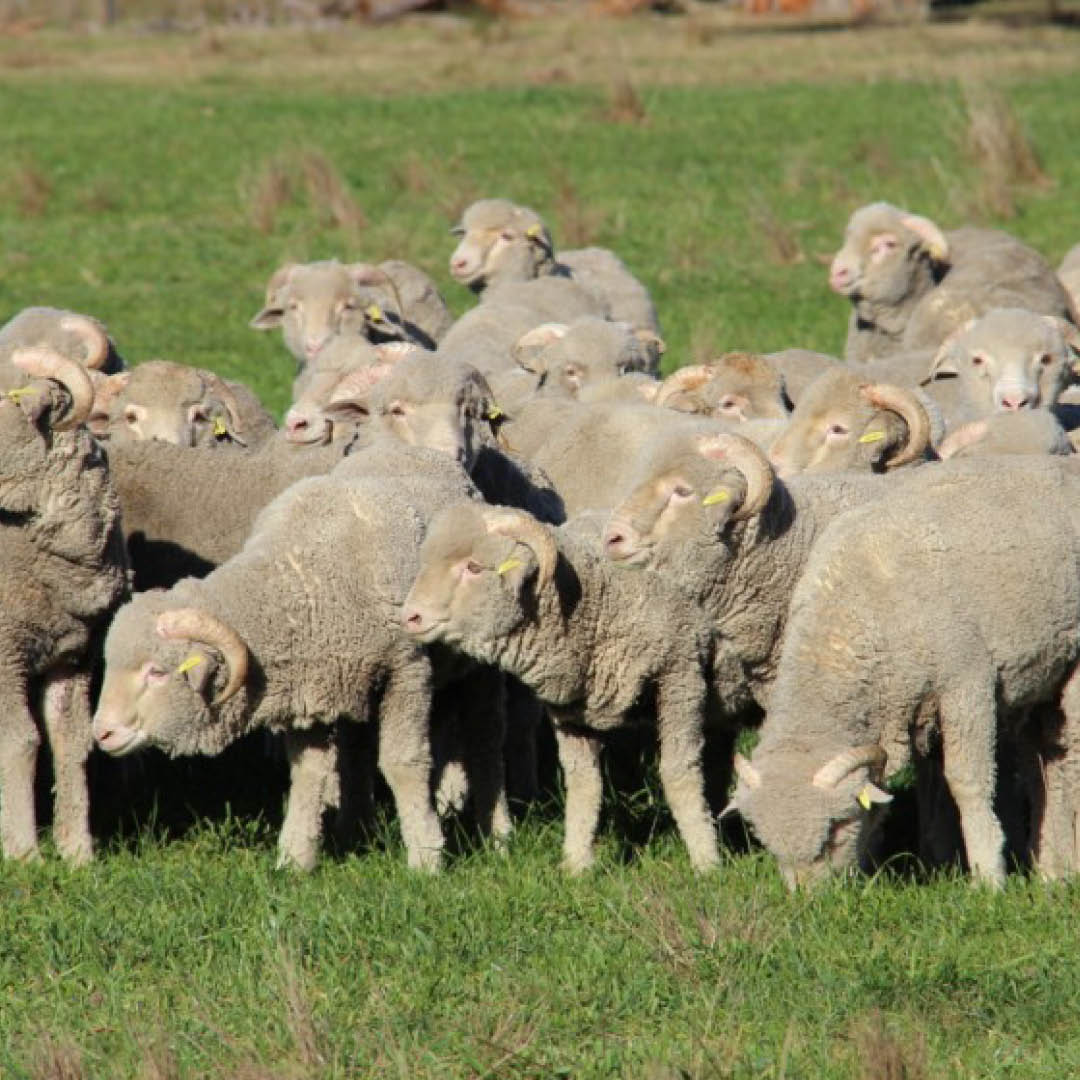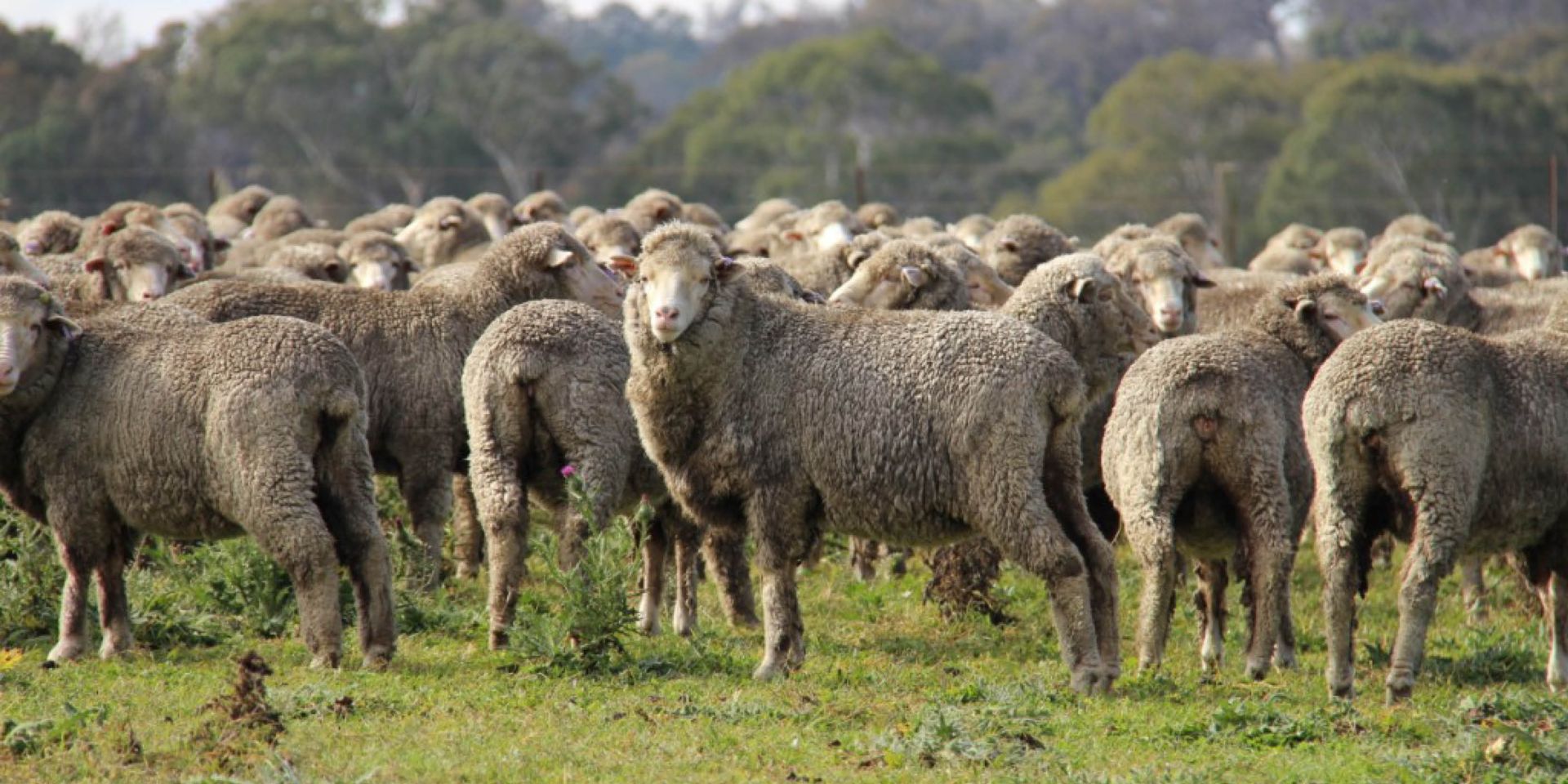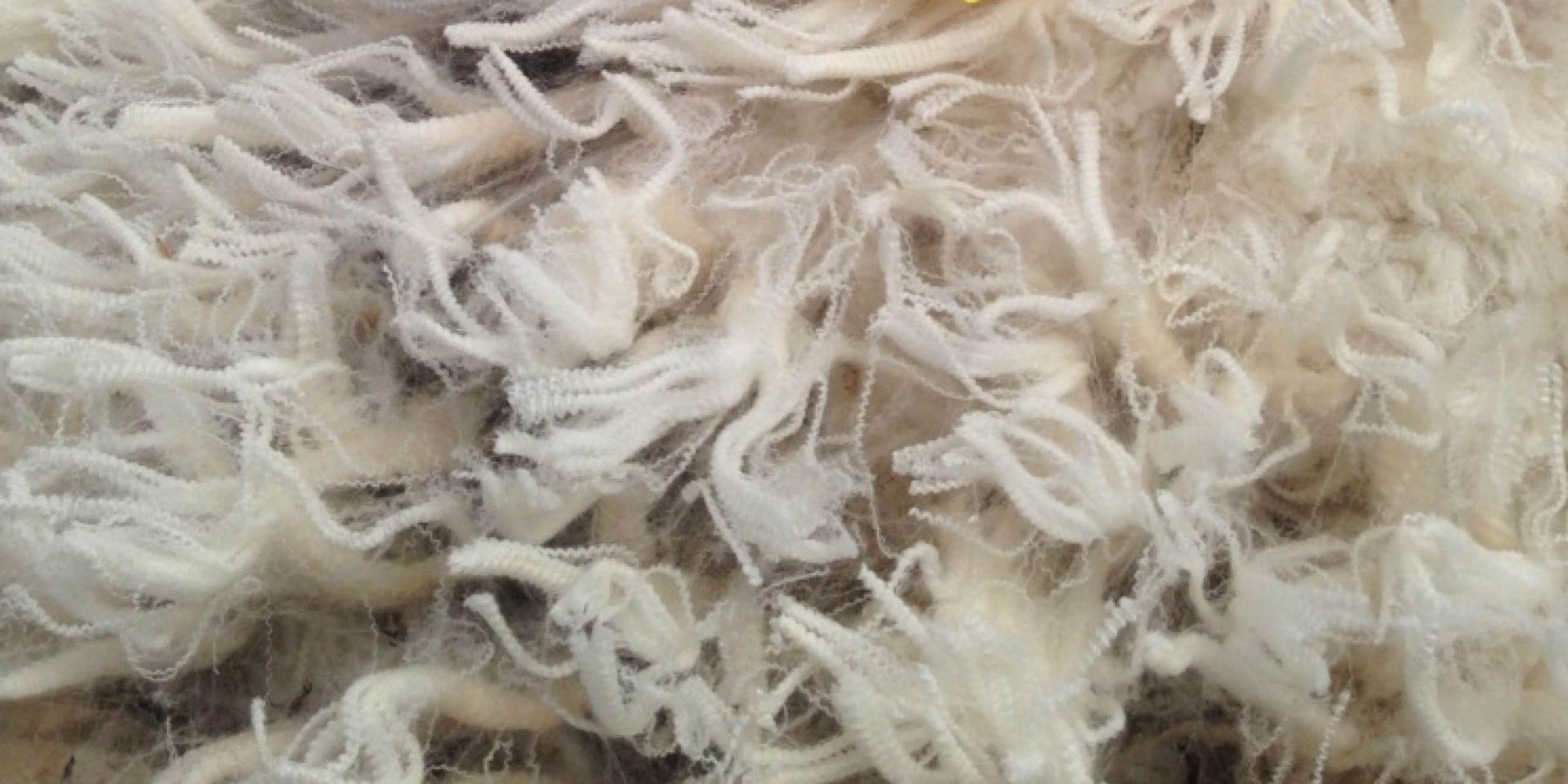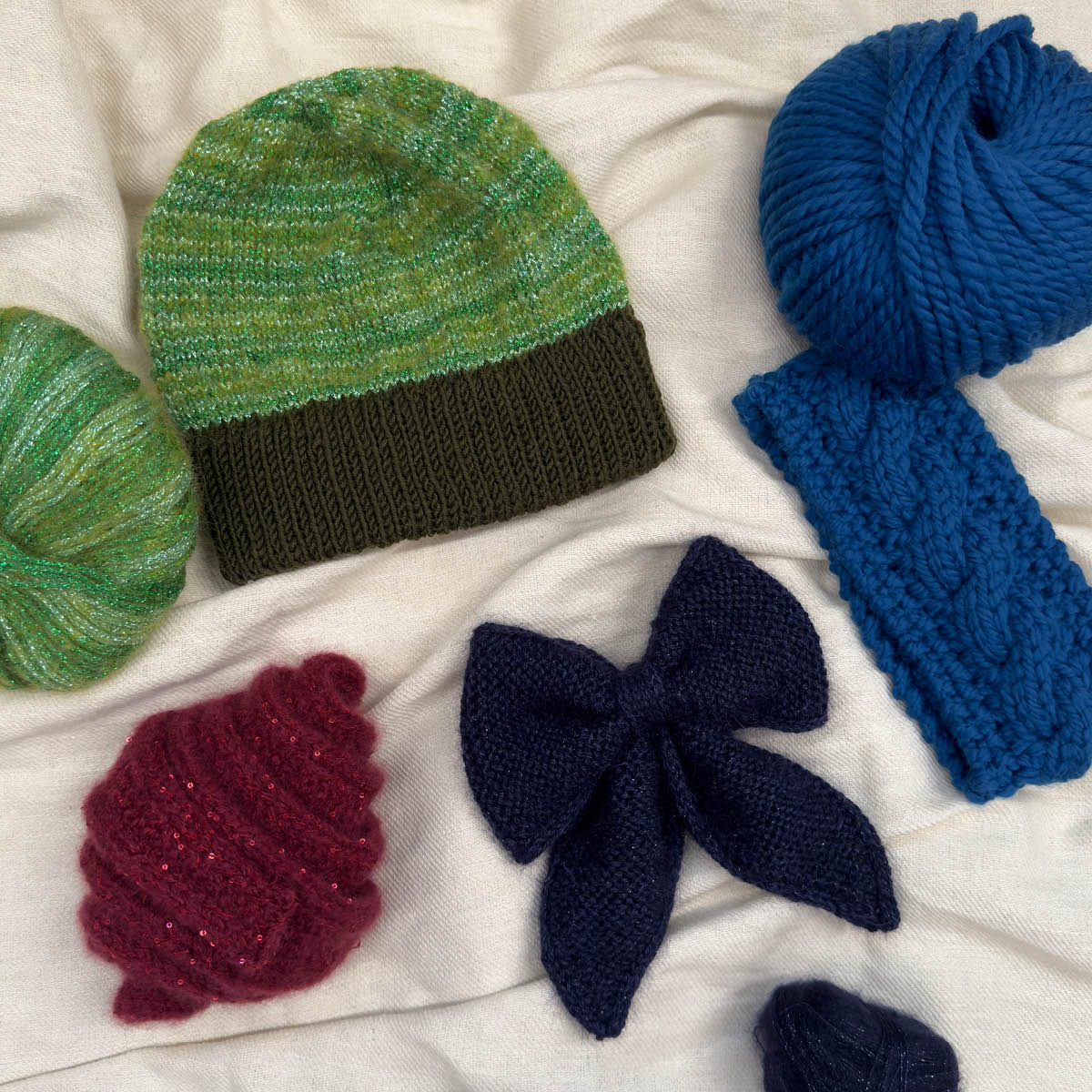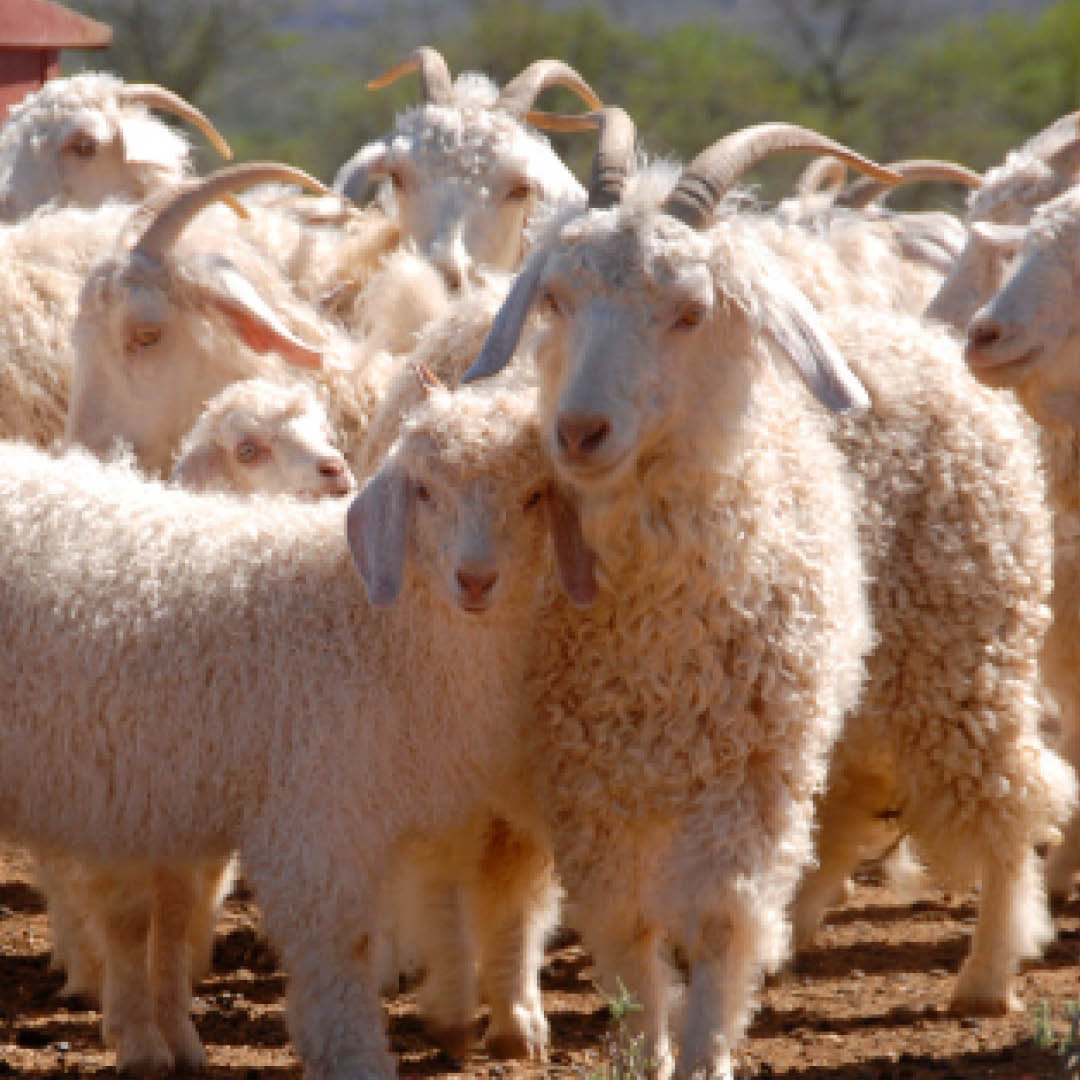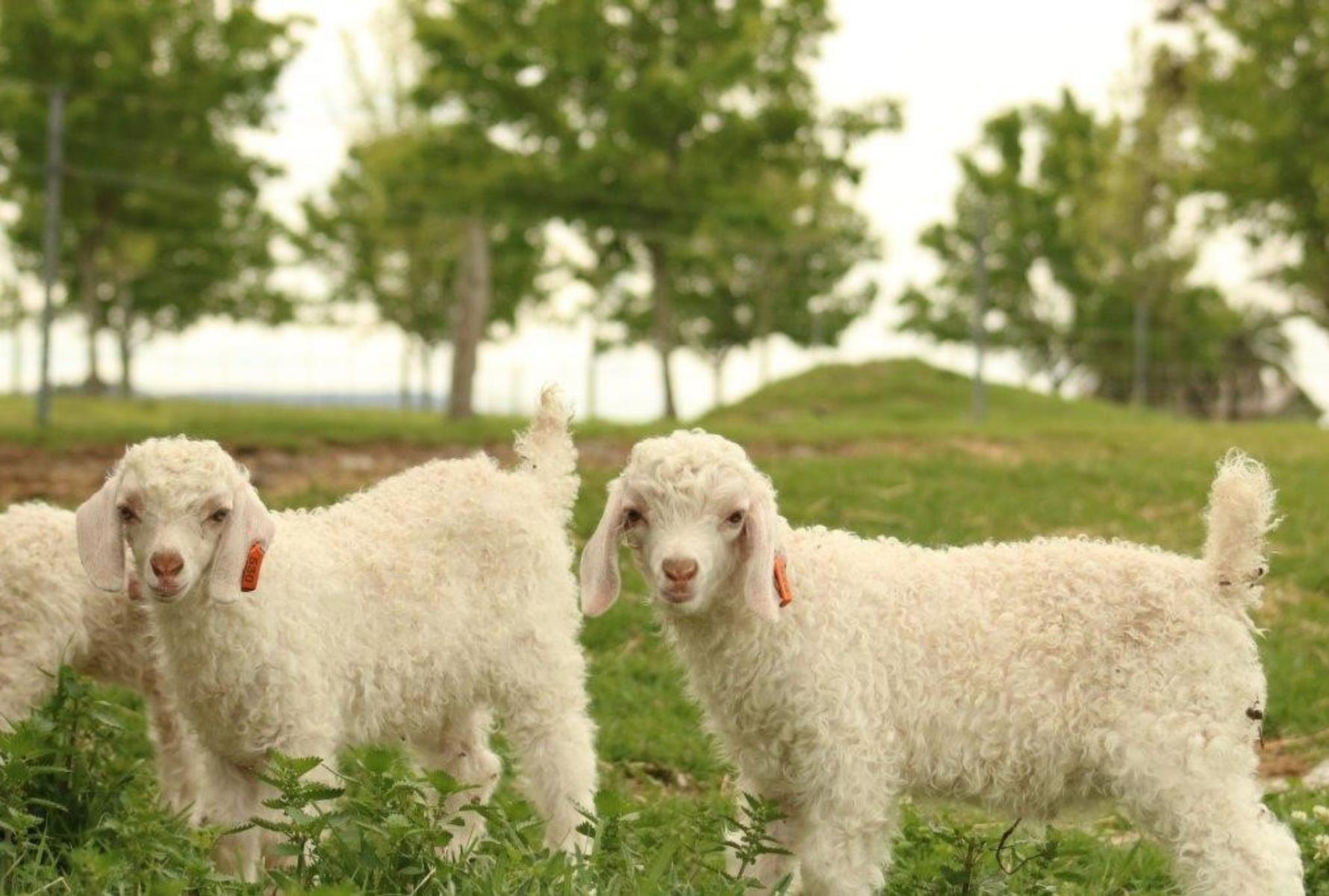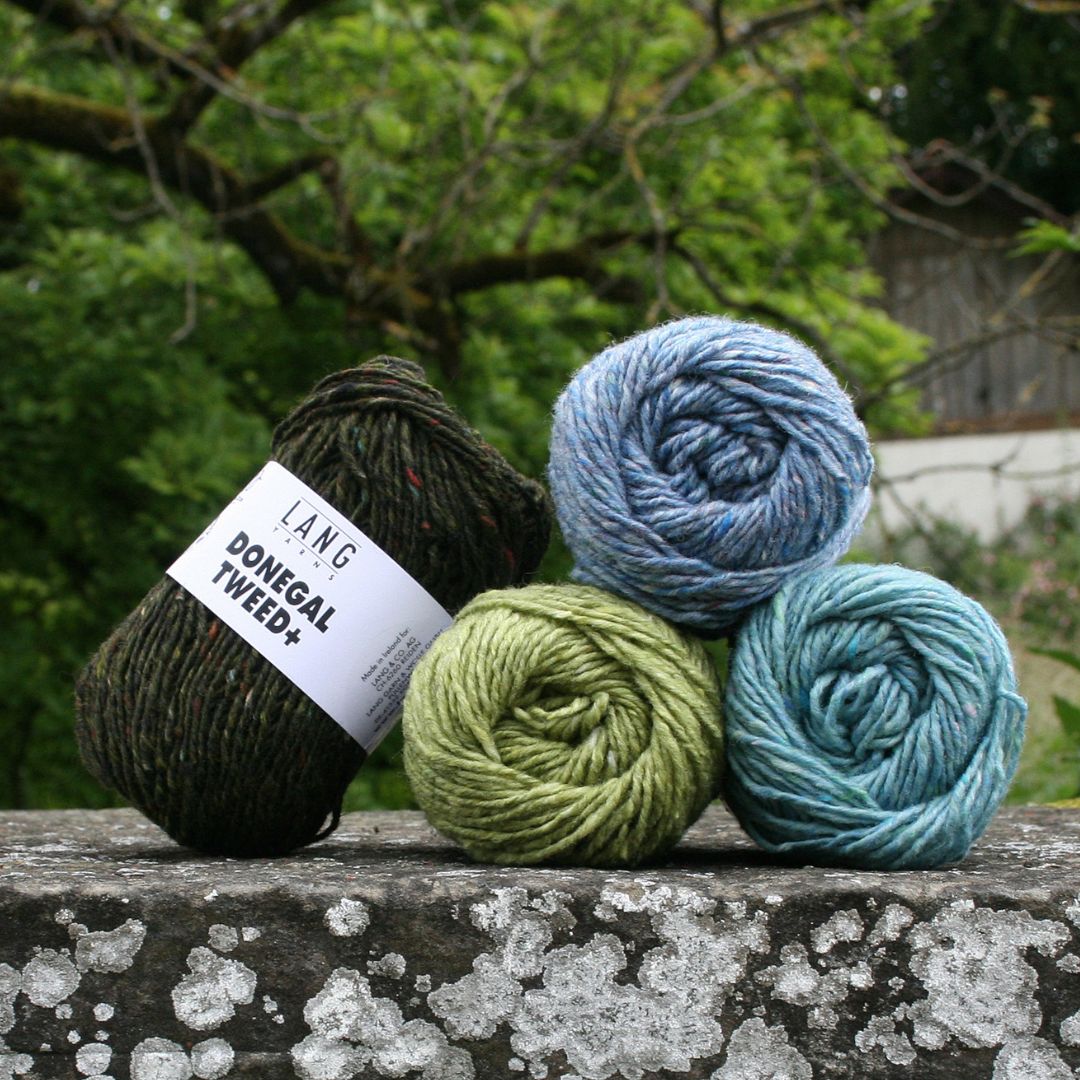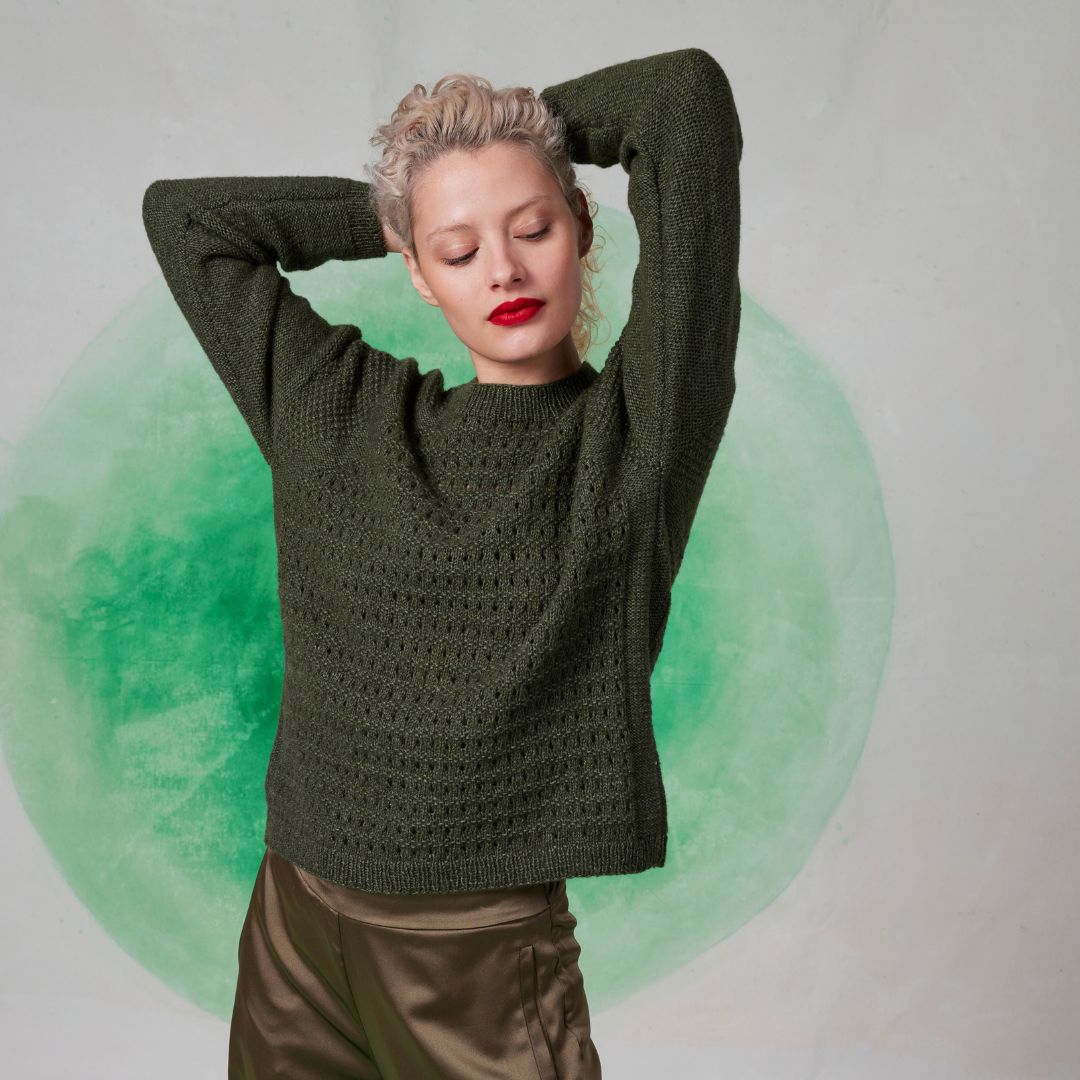Gifts to make yourself
The run-up to Christmas is here, and that means: time for making gifts! This year we have a curated a collection of creative projects, ideal surprises with a personal touch to put under your Christmas tree. So, whether you are looking to make a quick gift, a real classic or for something to crochet – you will find inspiration here for unique, handmade pieces to treat your loved ones with.
BRAID MATE HEADBAND: elegant and cuddly

The BRAID MATE HEADBAND, made with FIRE, is ideal for anyone looking for a decorative accessory that will keep you warm and look elegant at the same time. A simple cable pattern adds stylish structure to the headband – and the best thing: it knits up in the blink of an eye on 9 mm or 10 mm needles!
Tip: To make counting rows easier, make a small chain of loops with a contrasting yarn and catch a loop in each row as you knit – so that you always know which row you are on, without having to count!
SOPHIE SCARF: a brilliant classic
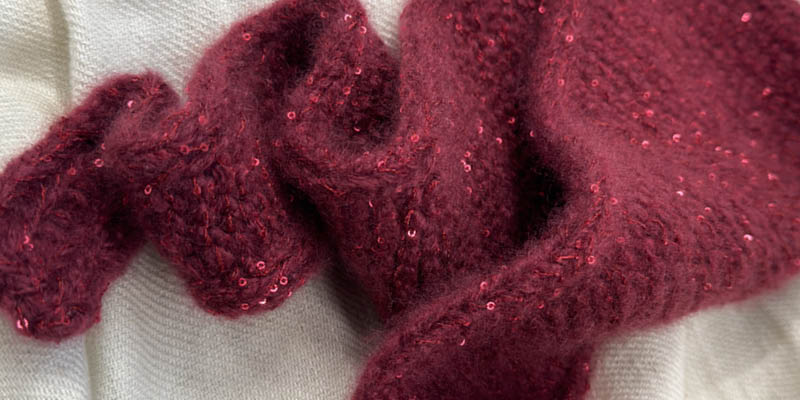
The SOPHIE SCARF from PetiteKnit is popular for a reason! For our festive version, we have knitted it with CASHMERE LIGHT and PAILLETTES on 6.5 mm needles. This way, not only is the scarf wonderfully soft and slightly bigger, but it also has that subtle twinkle that makes it perfect for the holidays. A simple and elegant gift that’s sure to be well received.
Crochet hat by Judith Jelena: simple and stylish (only in German)

Is crochet more your thing? The take a look at Judith Jelena Paus‘ YouTube channel! There you’ll find easy to understand, step-by-step instructions for a beautiful, simple hat to crochet with MEMORY. Your loved ones will be so happy to receive a gift that you have crocheted yourself!
DECEMBER BOW: versatile and festive
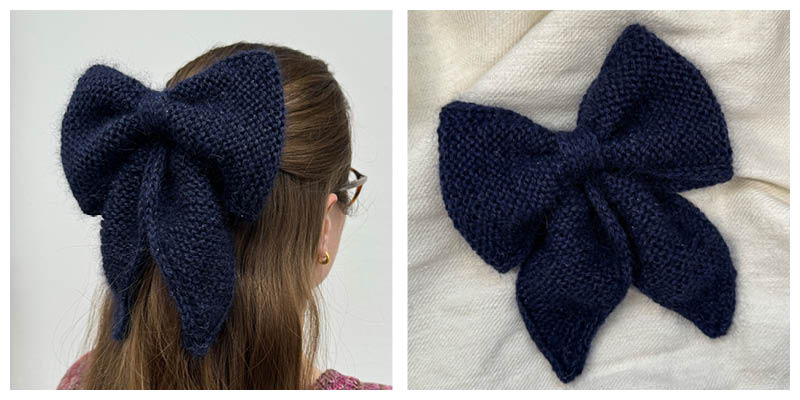
The DECEMBER BOW by PetiteKnit fizzes with the pure joy of Christmas. To wear as a hair accessory or to use as an elegant decoration for your home – this delightful bow is a real eye-catcher. We’ve knitted it on 3.5 mm needles with BABY ALPACA and LACE LAMÉ for a particularly fine finish.
SIRI NECK: attention to detail for your loved ones
The SIRI NECK by Lene Holme Samsøe is a special accessory, you can feel a love of detail here. With a lovely cable pattern, it is the perfect present for your style-conscious friend. Knitted with CARPE DIEM and LACE LAMÉ, it‘s soft and warm, and sparkly for the festive season.
VEGAS HAT: some glitter is a must

The VEGAS hat by LifeOnYarn is knitted with sparkly GLAMOUR and soft MERINO+. It will bring a magical sprinkle of glitter to the grey winter days, and is so comfortable to wear thanks to a double band of MERINO+. The pattern for it is available for free on Ravelry–in German, French and English.
Gift ideas for keen knitters and crocheters
Of course, hardworking crafters also deserve a special gift! Here are our suggestions to make every crafting enthusiast’s heart skip a beat – available at specialist retailers!
addiChristmas Needles: smooth, yet matte
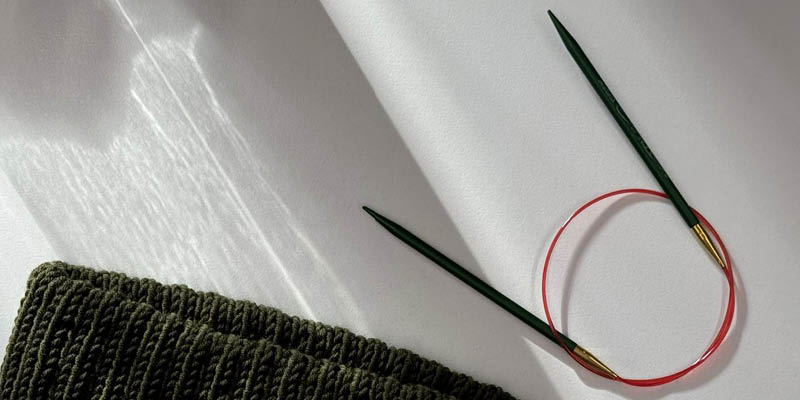
The Christmas-themed circular knitting needle from addi is the perfect knitting tool for hours of quiet knitting. With their dark green anodised aluminium tips, which will appeal to lovers of both metal and wooden needles alike because of their smooth, yet matte surface, the golden trim detail and red cable will make festive projects even more fun.
Tenemoll Wool Wash: to care for and protect your favourite pieces
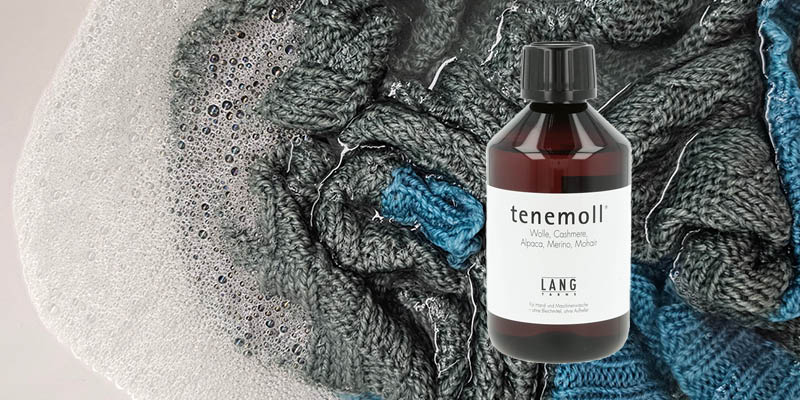
A high quality wool wash like Tenemoll is the perfect little extra for the craft lover who has everything. It ensures that lovingly knitted or crocheted garments receive the care and protection that they should – so they can continue to shine long after the holidays.
addi2You Ring: colourwork made easy
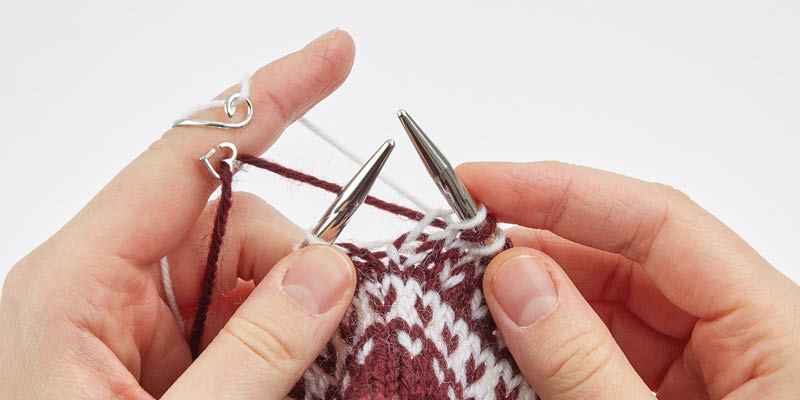
So, how about a useful craft accessory that could also be a real piece of jewellery? This finger ring / knitting ring by addi is made with fine sterling silver 925 and makes it a reality! It combines loving design with clever yarn management. Whether you use it for taxing, multi-strand colourwork projects or simply for knitting with one strand of yarn – the ring brings comfort and aesthetics to a new level. A must-have for your best knitting friend!
Purpleheart crochet hook: luxury made from amaranth wood
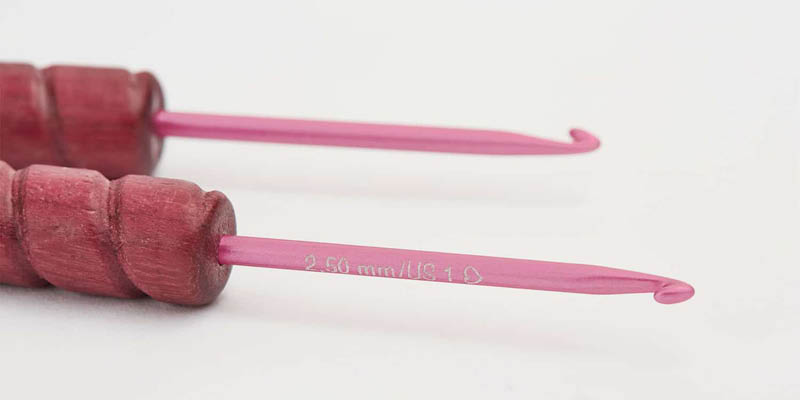
The Purpleheart crochet hook is more than functional, visually it is a highlight. Made from solid amaranth wood, it has an appealing and distinctive natural colour and a fascinating grain – each piece is unique. The structure of the handle with a spiral twist makes it comfortable to handle, while the coloured hook with a pointed head makes precise work a pleasure. Perfect for festive crochet projects!

